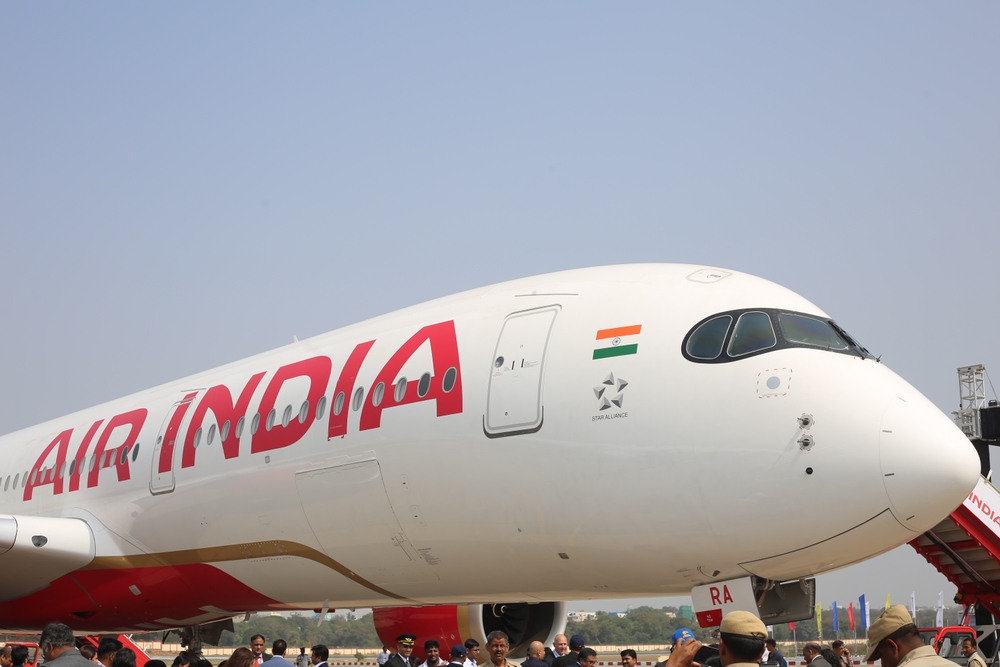Air India Accused of Plagiarizing Crash Response

Organizations should monitor how others respond to crises. This builds a knowledge base of comms that work and those that don’t. Unfortunately, we have an example of a company going too far in the emulation department: Air India is accused of plagiarizing its response to its tragic plane crash this month.
On June 12, Air India Flight 171 took off from Ahmedabad Airport, headed to London’s Gatwick. But seconds after liftoff, the plane, a Boeing 787-8 Dreamliner, crashed into a medical school’s hostel. Of the 242 people aboard, only one survived. Thirty-eight people on the ground were killed.
That day, Air India CEO Campbell Wilson released a video statement on the accident. The bulk of it appears to have been cribbed from one by American Airlines CEO Robert Isom in January after an accident in Washington, D.C. An American Eagle flight and a U.S. Army Black Hawk helicopter collided mid-air over the Potomac River, killing all 67 people aboard both aircraft.
Social-media users and aviation bloggers, especially in India, were quick to point out the similarities in the statements. On X, comms consultant Karthik Srinivasan of Bangalore lined up the two scripts and highlighted the similarities in yellow.
Language Structure
People speculated about whether Air India used artificial intelligence (did AI use AI?) or whether it was a coincidence due to companies reaching for the same crisis comms language. Those explanations fall short because not only are the sentences identical or nearly identical, the structures of the two scripts are the same.
For example, here’s a sentence toward the top of the American Airlines script: “This is a difficult day for all of us at American Airlines, and our efforts now are focused entirely on the needs of our passengers, crew members, partners, first responders, along with their families and loved ones.”
Here’s Air India, from about the same location in the script: “This is a difficult day for all of us at Air India. And our efforts now are focused entirely on the needs of our passengers, crew members, their families and loved ones.”
Toward the end, American has this: “We understand and appreciate that people are eager for information. Please know that we’ll continue to share accurate and timely information as soon as we can. But anything we must report must be accurate. We owe that to everyone involved.”
‘Timely Information’
In a similar spot, Air India has this: “We understand that people are eager for information. Please know that we will continue to share accurate and timely information as soon as we can. But anything we report must be accurate and not speculative. We owe that to everyone involved.”
In a statement, Air India didn’t address the plagiarism allegation directly, but admitted it “studied many airlines’ immediate post-accident statements to identify the clearest, most concise and effective way to convey time-sensitive, critical information at a moment of immense human trauma,” according to The New York Times.
Okay, we get that, but to simply lift the language implies a lack of care and a lack of caring. Such an effort can’t possibly be viewed as a heartfelt response. And Air India should have known that such copying would invite another crisis, as it has; the alleged plagiarism is being criticized. It’s a cautionary tale for all crisis communicators.
Photo Credit: Aerospace Trek/Shutterstock
Sign up for our free weekly newsletter on crisis communications. Each week we highlight a crisis story in the news or a survey or study with an eye toward the type of best practices and strategies you can put to work each day. Click here to subscribe.




 Back to Blog
Back to Blog